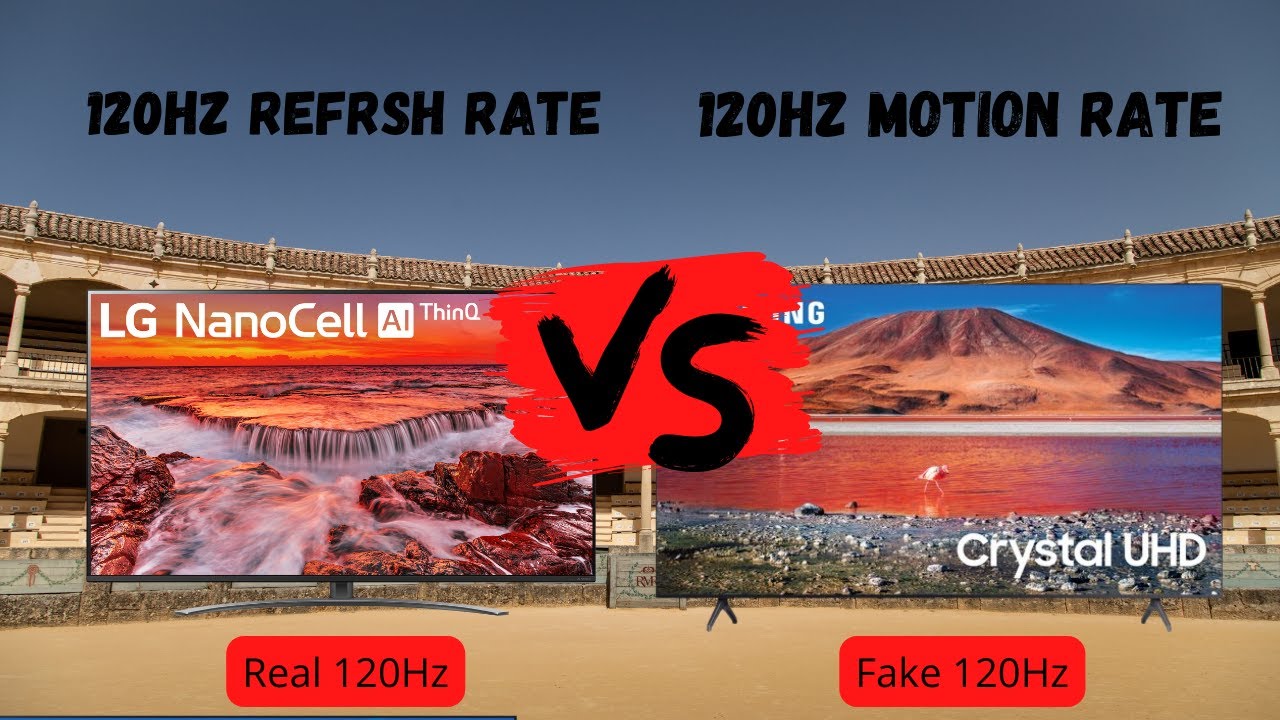Okay, so the other day I was messing around with my new monitor, and I kept seeing this term “native refresh rate” popping up. I kinda knew what it meant, but I figured I’d dig in a bit more to really understand it.
What I Did
First, I just looked at the monitor’s box and the little manual that came with it. Sure enough, there it was, plain as day: “Native Refresh Rate.” It had a number next to it, like 60Hz, 75Hz, or 144Hz in my case. I realized the manufacture had already told me that.

Then, I played around with the monitor’s settings. You know, those little buttons on the bottom or side. I found the refresh rate setting and saw that it was already set to that “native” number.
Next, I went into my computer’s display settings. On Windows, you just right-click on the desktop and go to “Display settings,” then “Advanced display settings.” There it was again – the same refresh rate, matching the one on the box and in the monitor’s menu.
What I figured Out
Basically, the “native refresh rate” is just the normal, default refresh rate that your monitor is designed to run at. The manufacture has already told you that. It’s like the “factory setting” for how many times the screen updates per second.
- Higher number = smoother picture. 144Hz looks way smoother than 60Hz, especially when you’re playing games or scrolling through stuff fast.
- It’s what the manufacturer recommends. They built the monitor to work best at that rate.
- You can sometimes go higher (overclocking). But that’s a whole other thing, and it might not always work or could even mess up your monitor. I decided not to play with fire.
So, yeah, “native refresh rate” is nothing fancy. It’s just the normal, out-of-the-box setting for how fast your monitor updates. Easy peasy!













